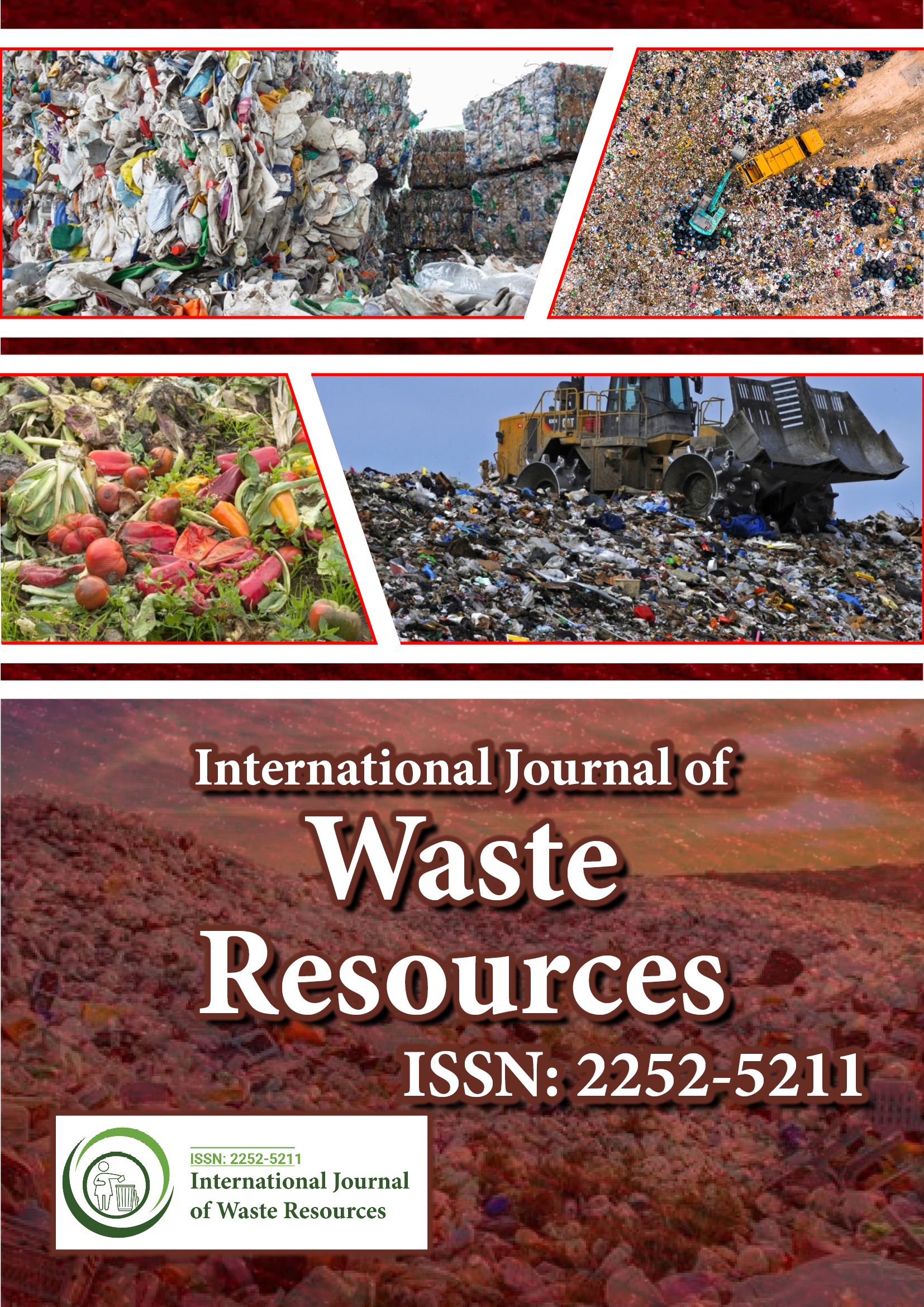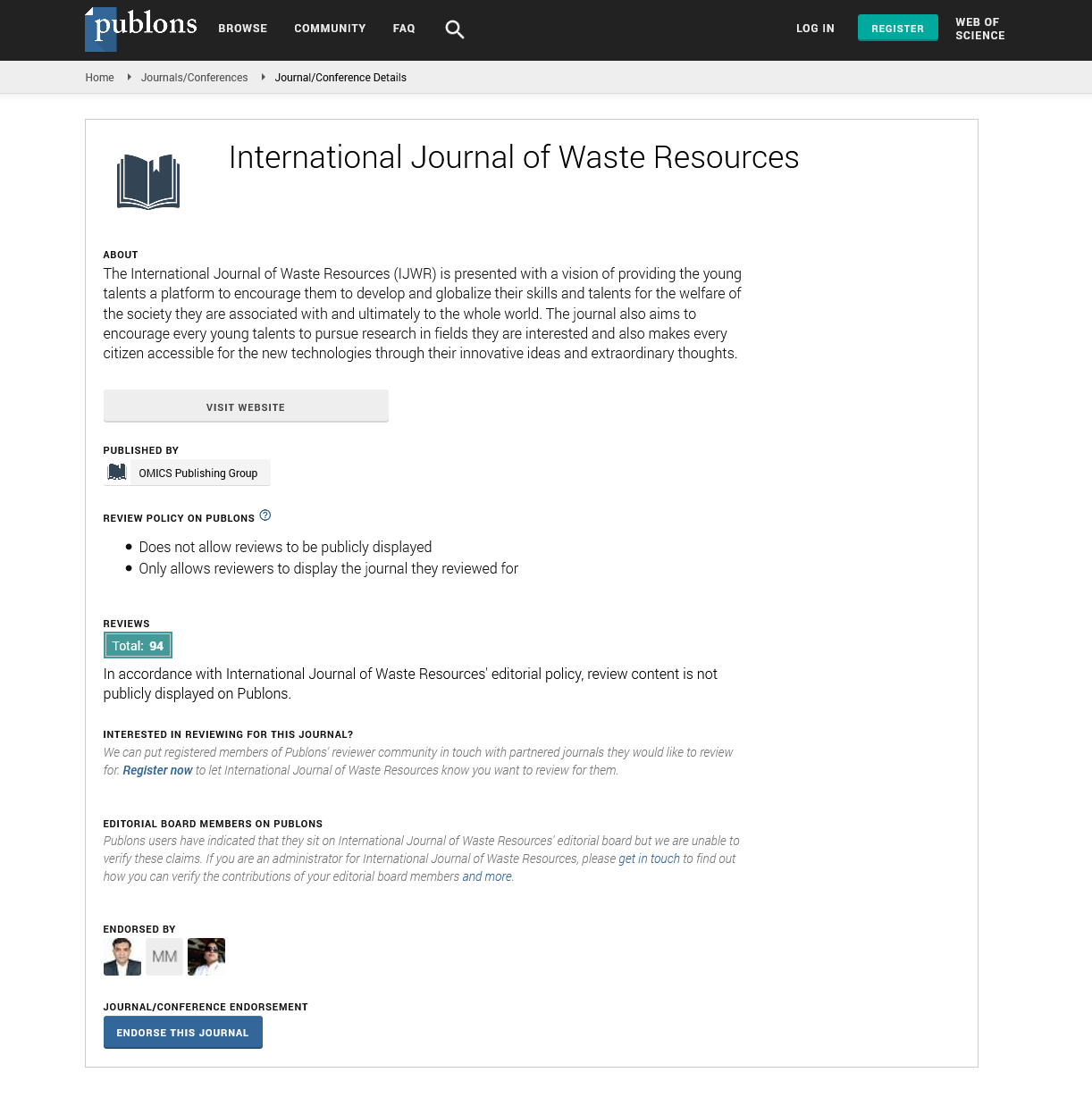Indexed In
- Open J Gate
- The Global Impact Factor (GIF)
- Open Archive Initiative
- VieSearch
- International Society of Universal Research in Sciences
- China National Knowledge Infrastructure (CNKI)
- CiteFactor
- Scimago
- Ulrich's Periodicals Directory
- Electronic Journals Library
- RefSeek
- Directory of Research Journal Indexing (DRJI)
- Hamdard University
- EBSCO A-Z
- Publons
- Google Scholar
Useful Links
Share This Page
Journal Flyer

Open Access Journals
- Agri and Aquaculture
- Biochemistry
- Bioinformatics & Systems Biology
- Business & Management
- Chemistry
- Clinical Sciences
- Engineering
- Food & Nutrition
- General Science
- Genetics & Molecular Biology
- Immunology & Microbiology
- Medical Sciences
- Neuroscience & Psychology
- Nursing & Health Care
- Pharmaceutical Sciences
Abstract
Kachok Dumpsite Characteristics and Its Future – A Third Kenyan City Perspective
Kabok P Aguko, Michael O Oloko, Stephen G Agong and John Odiaga Oloo
47 Counties inclusive of Kisumu were created as regional administrative units by the Kenyan constitution 2010. The County Government immediately redirected Solid Wastes from other county’s townships to be disposed at the existing 2.73 ha Kachok dumpsite. However, the disposal of solid wastes by observation from collection, transportation to dumping has been having challenges. A compelling aim to re-assess the dumpsite arose to determine if it satisfies minimum siting standards, characteristics and potential for the County. Findings show the dump is not properly sited and is at 10% or lower collection rate of the city’s wastes since the 1970’s, it is full beyond capacity/potential and a nuisance. The rate indicates need for improved planning, regulation and enforcement for the city and the county. The average dump composition in the order of plastics, glasses and organic matter is 34.7, 13.8 and 51.8% and weight per volume that varied by depth/age with an estimated volume of 6853 m3. It has high carbon content (>2%) and heavy metals have not found their way into the groundwater system. Presence of NO3 though shows groundwater pollution is taking place. Air quality parameters exhibited similar trends with higher concentrations over the dumpsite, reducing outward with the nearby sensitive receptors impacted. The dumpsite should be relocated with caution and use of its organic contents directed to agriculture. The other possible uses such as extraction of energy and recycling of waste contents may need review as dumps depository potential is outlived.

